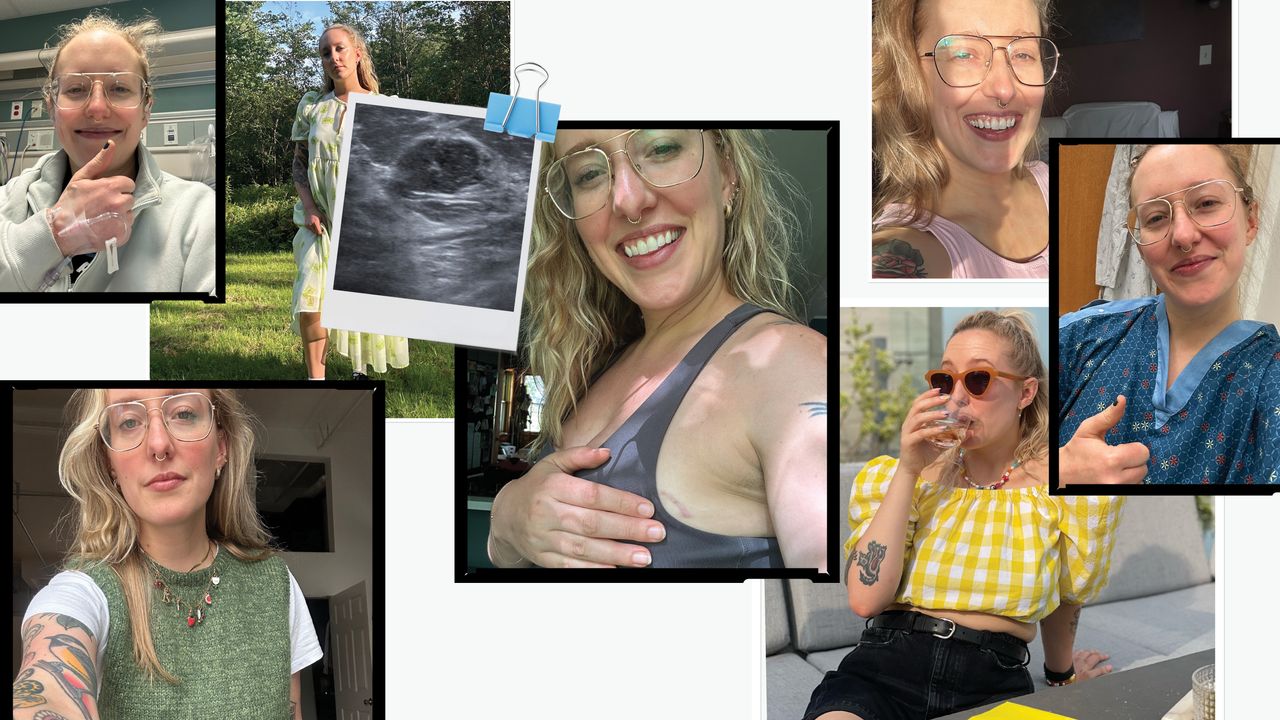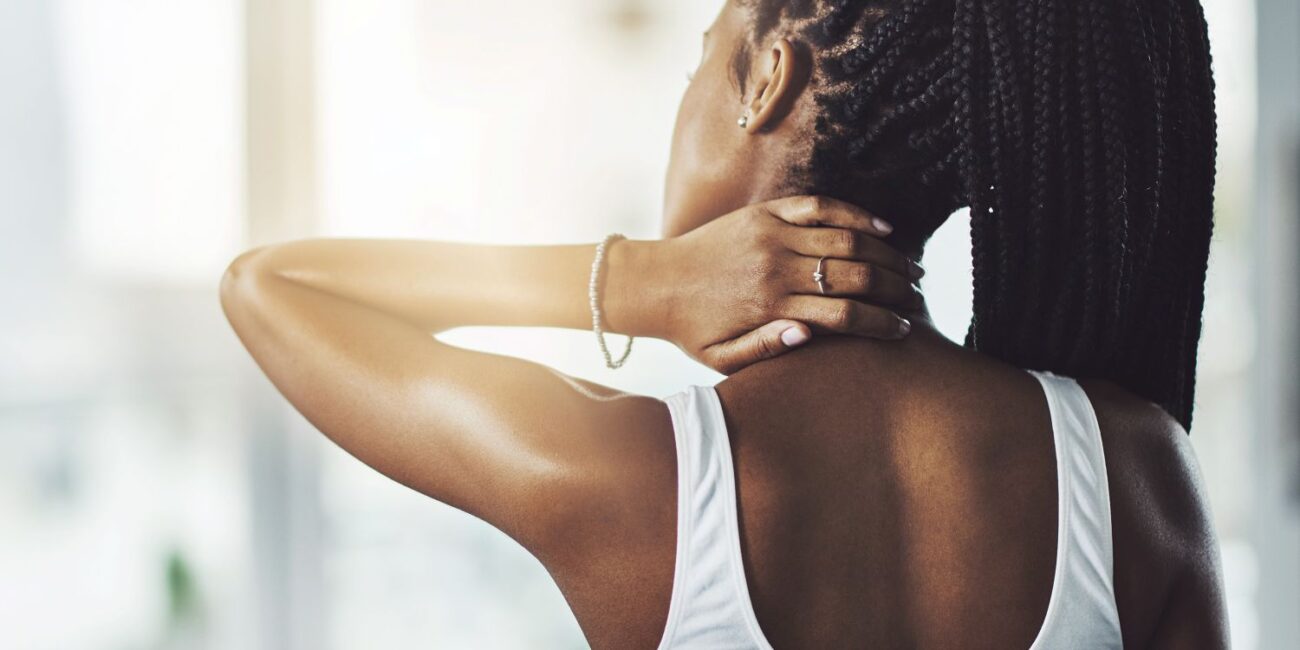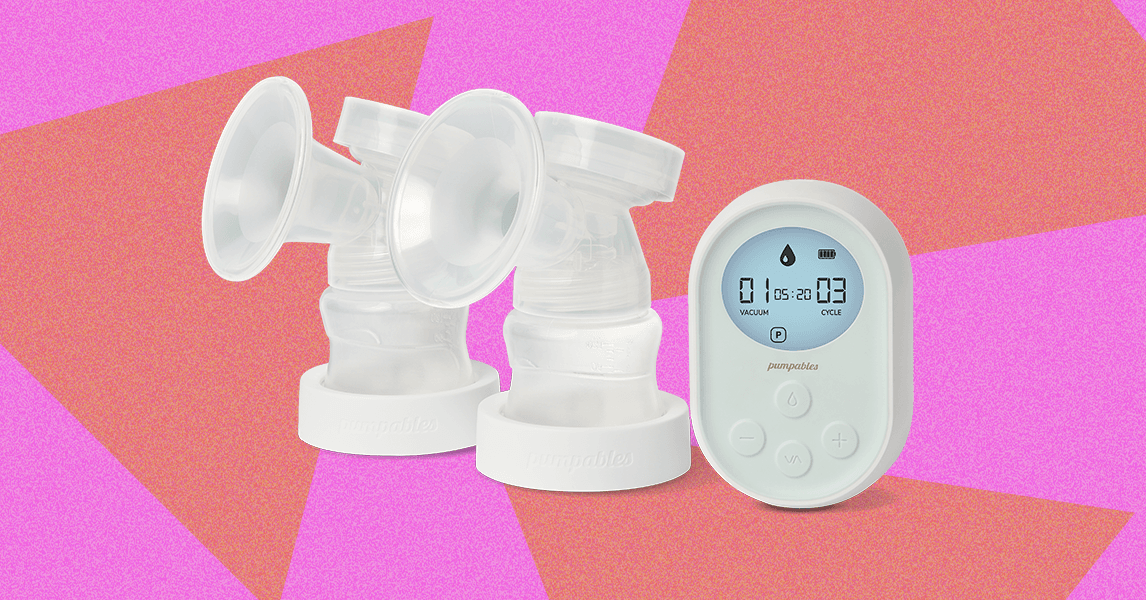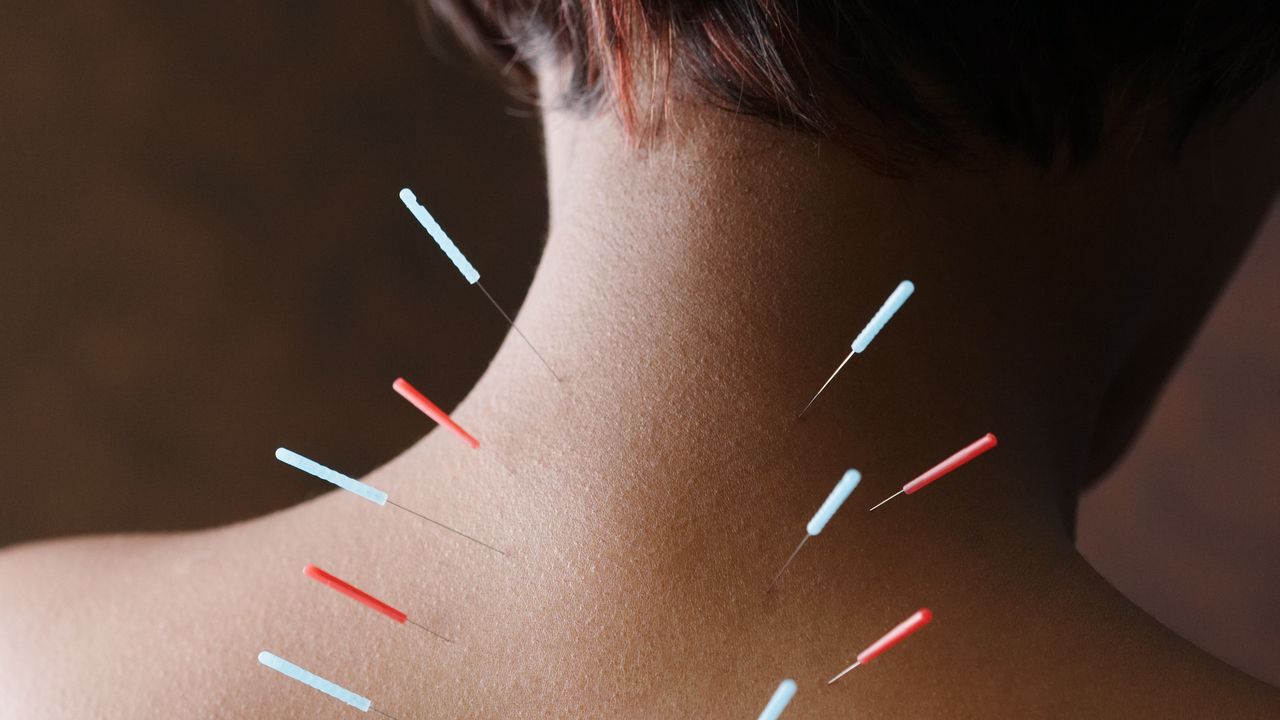Blog
My 10-Year Journey to Figuring Out My Chronic Breast Pain

–
If you Google “treatment for fibrocystic breast disease,” the results you get on medical websites go something like this: Fibrocystic breast disease is a condition that doesn’t need to be treated, because it doesn’t cause symptoms…except when it causes breast pain. All the doctors I spoke to for this story told me that most people fall into the “no symptoms” category, though it’s hard to say exactly what percentage constitutes “most,” since people without symptoms might never even realize they have these changes. I, clearly, was not one of the “most.”
If your lumpy boobs hurt, the medical websites go on, it’s easy to fix that: Simply stop consuming any caffeine, alcohol, fatty foods, salty foods, or sugary foods (although the doctors I spoke with say some studies and plenty of anecdotal evidence show that, for some people, diet changes have no effect), wear a sports bra 24/7 (as in, every single day and also to bed), and perhaps try taking evening primrose oil supplements (although we’re pretty sure that one doesn’t actually work either). Over-the-counter painkillers like ibuprofen can help, though, as Hans and Dr. Jambhekar and my own primary care doctors have all told me, you really shouldn’t be taking those every day.
At various points over the past 10 years, I gave all of those at-home remedies a try. The sports bra thing did kinda work—the pain became more of a dull ache than a white-hot, burning sensation—but wearing a tight bra all the time sucks. I felt claustrophobic to the point of mild panic attacks when I wore them to bed, so I gave up.
The other potential cure for pain from fibrocystic breasts is to wait for menopause, when those lumps and any correlating breast pain go away for most people. This was the “solution” that I was offered most often, as if I should feel satisfied enough with the knowledge that the excruciating daily pain would (probably) go away if I just waited it out for a few decades.
—
In 2019, I told my ob-gyn that I felt like my largest lump was getting bigger, so she ordered a mammogram, followed by the diagnostic sonogram that typically has to be ordered for people with dense breasts who feel a suspicious bump. Breast density is measured on a scale of A to D; Hans tells me that about 10% of women fall into the “A” category (mostly fatty tissue aka not dense), 10% into “D” (extremely dense), and the rest somewhere in the “B” and “C” range. The less dense your breasts are, the easier it is for a doctor to spot a mass sitting among your tissue: On X-ray imagery (including mammograms), tumors look white, while fatty tissue is gray. The tissue inside extremely dense breasts, like mine, are lighter in color, making those tumors harder to spot unless you’re really looking for it via a targeted sonogram. Simple cysts and fibroadenomas show up as black holes amongst the lighter tissue, which I have to say look terrifying, despite their benign nature.












